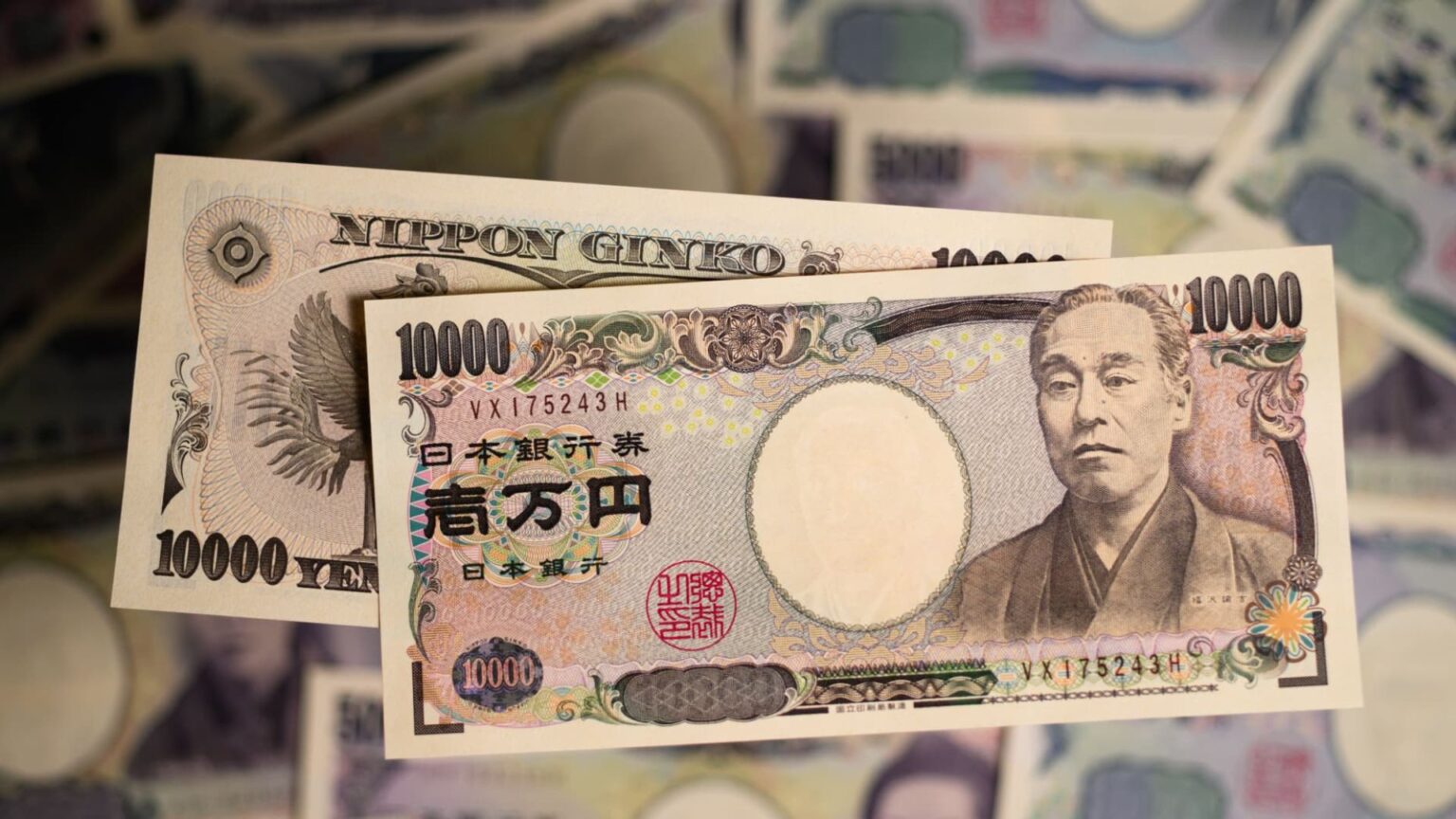The Japanese yen (JPY) began the week with muted trading activity after a significant 3% rally following the election win of former defense minister Shigeru Ishiba. The surge in the yen was driven by market optimism surrounding Ishiba’s victory and the potential economic policies that could follow. However, as trading resumed, the yen appeared to lose some of its momentum, reflecting a more cautious sentiment among investors. This development is crucial for traders of the USD/JPY currency pair and those keeping a close eye on global forex dynamics.
In this blog, we’ll explore why the Japanese yen experienced a sharp rise after Ishiba’s win, why the momentum didn’t continue, and how traders can position themselves for what’s next in the USD/JPY market. We’ll also discuss how EPIQ Trading Floor can help traders navigate volatile market conditions with real-time insights and trading strategies.
1. Shigeru Ishiba’s Win: Why Did the Yen Surge?
The Japanese yen saw a 3% surge against the U.S. dollar following the election victory of Shigeru Ishiba as Japan’s new prime minister. Ishiba, a well-known political figure with a background in defense and economic reform, brought a wave of optimism to the market.
A. Political Stability and Market Optimism
Ishiba’s victory signaled potential changes in Japan’s economic policy, which many investors viewed positively. Ishiba has long advocated for economic reform and modernization, which aligns with market expectations of potential shifts in the country’s monetary policy. Political stability often boosts a currency’s value, and Ishiba’s win appeared to create a sense of confidence in the country’s future direction.
B. Possible Changes to Monetary Policy
The Japanese yen’s value has long been influenced by the Bank of Japan’s (BoJ) ultra-loose monetary policy. However, with Ishiba in office, there is speculation that the BoJ might move towards a more balanced approach, potentially ending or at least modifying its ongoing monetary easing programs. This anticipation of change is likely what drove the yen higher, as traders bet on tighter monetary policy that would strengthen the yen.
Key Takeaway:
- The 3% rise in the yen was largely driven by investor sentiment around economic reforms and the potential for changes to Japan’s monetary policy under Ishiba’s leadership.
2. Why Did the Yen’s Momentum Stall?
While the yen initially surged after Ishiba’s victory, it started the week with muted trading activity. This stagnation suggests that the market has adopted a more cautious approach as it awaits concrete policy actions from the new administration.
A. Lack of Immediate Policy Announcements
The initial surge in the yen was based largely on expectations and speculation. As the excitement around Ishiba’s win began to fade, the reality set in that any significant policy changes would take time to implement. The lack of immediate announcements or detailed economic plans left traders unsure of the future direction of Japan’s monetary policy.
B. Ongoing Global Market Dynamics
Another factor contributing to the yen’s muted trading is the ongoing strength of the U.S. dollar. Despite the weaker-than-expected U.S. inflation data that impacted the dollar last week, the greenback remains strong due to its status as a safe-haven currency amid global economic uncertainty. This strength has limited the yen’s upward movement, as investors are hesitant to fully pivot away from the dollar.
C. Profit-Taking by Traders
It’s also possible that some of the yen’s muted start this week was due to profit-taking by traders who benefited from the 3% rally. After such a significant move, many traders may have opted to lock in gains, leading to reduced buying pressure and a stabilization in the yen’s value.
Key Takeaway:
- The yen’s momentum stalled due to a lack of concrete policy announcements, ongoing global market uncertainties, and potential profit-taking by traders.
3. What Does This Mean for USD/JPY Traders?
The recent developments in Japan and the subsequent movements in the yen have important implications for USD/JPY traders. Here’s what to keep in mind as you navigate this changing landscape:
A. Monitor Policy Developments in Japan
The future direction of the yen will largely depend on any policy announcements made by Ishiba and the Bank of Japan. Traders should keep an eye on key policy updates that could signal a shift in Japan’s monetary stance. If Ishiba’s administration decides to tighten monetary policy or reduce bond purchases, it could lead to further appreciation of the yen.
B. Technical Analysis for Key Levels
With the yen’s recent movements, traders should utilize technical analysis to identify key support and resistance levels in the USD/JPY pair. The 3% surge has created new levels of interest that traders should watch closely. Resistance levels around 147.50 and support levels near 145.00 will be crucial in determining the pair’s next move.
C. U.S. Economic Data and Dollar Strength
It’s also important to keep an eye on U.S. economic data releases, such as employment figures, inflation reports, and interest rate decisions from the Federal Reserve. These data points will impact the dollar’s strength and, by extension, the USD/JPY pair. If U.S. data comes in stronger than expected, it could offset the yen’s gains, keeping USD/JPY range-bound.
4. Strategies for Trading USD/JPY Amid Yen Volatility
With the yen experiencing volatility and the market remaining uncertain about Japan’s policy direction, traders need to be prepared for a wide range of outcomes. Here are some strategies to consider:
A. Range Trading
Given the muted start to the week, range trading could be an effective strategy for the USD/JPY pair. Traders can look to buy at key support levels and sell at resistance levels, taking advantage of the fluctuations within a defined range.
B. Hedging Against Yen Strength
For those holding positions in assets exposed to yen movements, hedging may be a prudent strategy. Using currency options or futures contracts, traders can mitigate the risk of sudden yen appreciation that could impact other investments.
C. Wait for Confirmation Before Taking Long-Term Positions
While there is optimism surrounding potential policy changes under Ishiba, traders may want to wait for clear signals before taking any long-term positions in the yen. Monitoring announcements from the Bank of Japan and understanding how they align with Ishiba’s policies will provide a clearer direction for the yen’s long-term trajectory.
Stay Ahead of Market Movements with EPIQ Trading Floor
Navigating the complexities of forex trading requires access to real-time insights and a reliable network of experienced traders. EPIQ Trading Floor offers real-time trading signals, expert market analysis, and a community of traders sharing their insights and strategies. Whether you’re looking to capitalize on movements in the USD/JPY pair or need tools to navigate market volatility, EPIQ Trading Floor provides everything you need to succeed.
Start your 3-day free trial today! Join EPIQ Trading Floor and gain access to exclusive market insights, trading signals, and expert analysis to help you make informed decisions in the forex market.
Disclaimer
The information provided in this blog is for educational purposes only and does not constitute financial advice. Always conduct your own research before making any investment decisions.










Responses